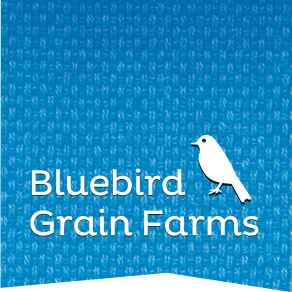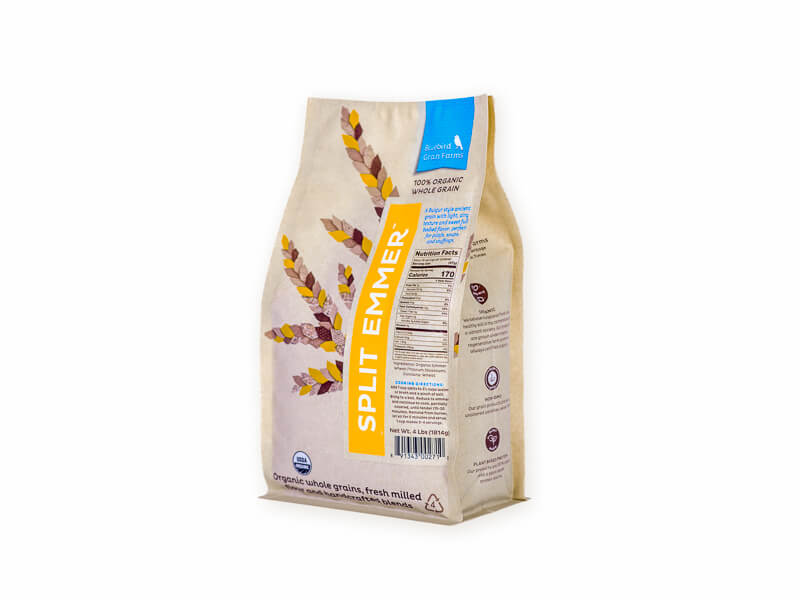
Ashley Lodato
About 13,000 years ago the last of the Missoula floods swept across Eastern Washington and down the Columbia River Gorge. Glaciologists estimate that the glaciers in the Methow Valley were up to a mile deep. When the ice receded, the First People arrived and inhabited the Methow Valley.
For at least 10,000 years the banks of the Methow River have been home to 375 generations of the Methow People, as evidenced by pit houses in at least 18 different sites around the valley, earthen ovens, and tools like arrowheads, mortars & pestles, and tomahawks.
When the first white settlers arrived in the Methow Valley in the late 1800s, most of the Methow People (sp̓aƛ̓mul̓əxʷəxʷ–“blunt hills around a low valley”) were forcibly relocated to the Moses-Columbia Reservation, formed in 1879. In 1884, the Moses-Columbia Reservation was dissolved and most of the Methow People were moved to the area east of Omak, becoming one of the twelve tribes of the Confederated Tribes of the Colville Reservation. Others in this diaspora refused to enter the reservations and simply stayed or dispersed. There has been a consistent presence of Methow People in this valley since Time Immemorial.
The traditional territories of the Colville Tribes is vast, covering 39 million acres–the homelands of the Chelan, Chief Joseph Band of Nez Perce, Colville, Entiat, Lakes, Methow, Moses-Columbia, Nespelem, Okanogan, Palus, Sanpoil, and Wenatchi Bands in what is now eastern Washington, and parts of Oregon, Idaho, and British Columbia. The Colville Reservation encompasses 1.4 million acres. Learn more about the Methow People and the Confederated Tribes of the Colville Reservation HERE.
Throughout the 1900s, various families of the settler community homesteaded and farmed the piece of property where the new Bluebird Grain Farms facility is located. The parcel is part of a 65-acre conservation easement, initiated by former landowners Nancy Farr and Dale Sekijima in 2002. The conservation easement protects the agricultural and open space condition of the property.
In the recent past, most of the agricultural land was used to grow alfalfa and oats, and before that, potatoes. In 1999, long before he knew he would one day own the land, Farmer Sam grew dryland triticale (a cereal feed grain) and annual rye.
In 2017, Bluebird Grain Farms bought the 32-acre parcel with the intention of expanding the processing facility, which–as you can see–we have done. Now we are ready to welcome the community to visit our new operations headquarters! We hope you’ll join us on Saturday, November 19th, from 9am-3pm for our Grand Opening: tours, samples, and easy access to our freshly-harvested grain products. Learn more about our Grand Opening HERE.

